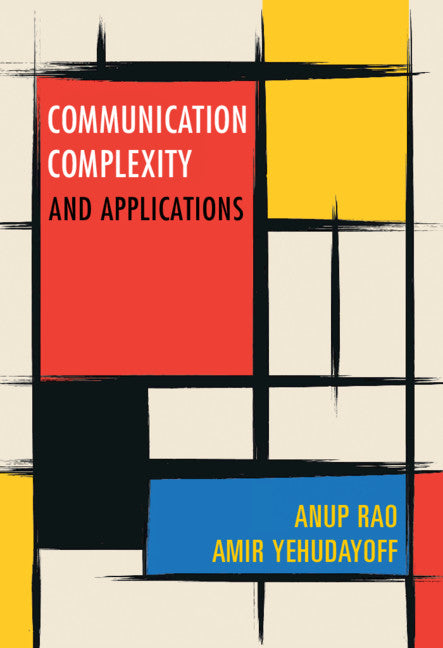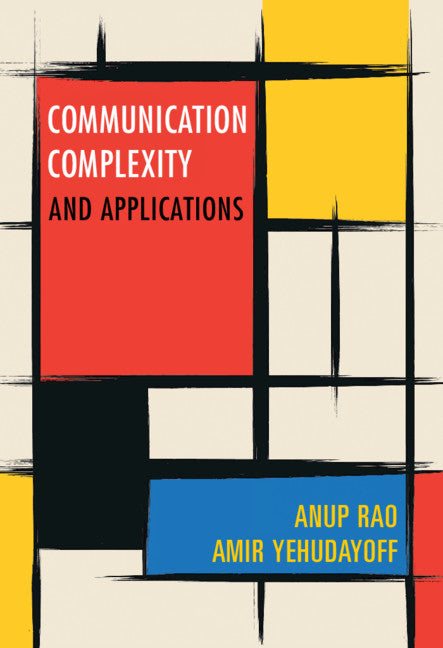Freshly Printed - allow 4 days lead
Couldn't load pickup availability
Communication Complexity
and Applications
Presents basic theory for graduate students and researchers with applications in circuit and proof complexity, streaming algorithms and distributed computing.
Anup Rao (Author), Amir Yehudayoff (Author)
9781108497985, Cambridge University Press
Hardback, published 20 February 2020
266 pages, 84 b/w illus.
25.9 x 18.1 x 1.9 cm, 0.66 kg
'… must-have reference for students but will be welcomed by researchers as well because it is so well-written and aptly organized … Highly recommended.' A. Misseldine, CHOICE
Communication complexity is the mathematical study of scenarios where several parties need to communicate to achieve a common goal, a situation that naturally appears during computation. This introduction presents the most recent developments in an accessible form, providing the language to unify several disjoint research subareas. Written as a guide for a graduate course on communication complexity, it will interest a broad audience in computer science, from advanced undergraduates to researchers in areas ranging from theory to algorithm design to distributed computing. The first part presents basic theory in a clear and illustrative way, offering beginners an entry into the field. The second part describes applications including circuit complexity, proof complexity, streaming algorithms, extension complexity of polytopes, and distributed computing. Proofs throughout the text use ideas from a wide range of mathematics, including geometry, algebra, and probability. Each chapter contains numerous examples, figures, and exercises to aid understanding.
Preface
Conventions and preliminaries
Introduction
Part I. Communication: 1. Deterministic protocols
2. Rank
3. Randomized protocols
4. Numbers on foreheads
5. Discrepancy
6. Information
7. Compressing communication
8. Lifting
Part II. Applications: 9. Circuits and proofs
10. Memory size
11. Data structures
12. Extension Complexity of Polytopes
13. Distributed computing.
Subject Areas: Computer science [UY], Information theory [GPF]


